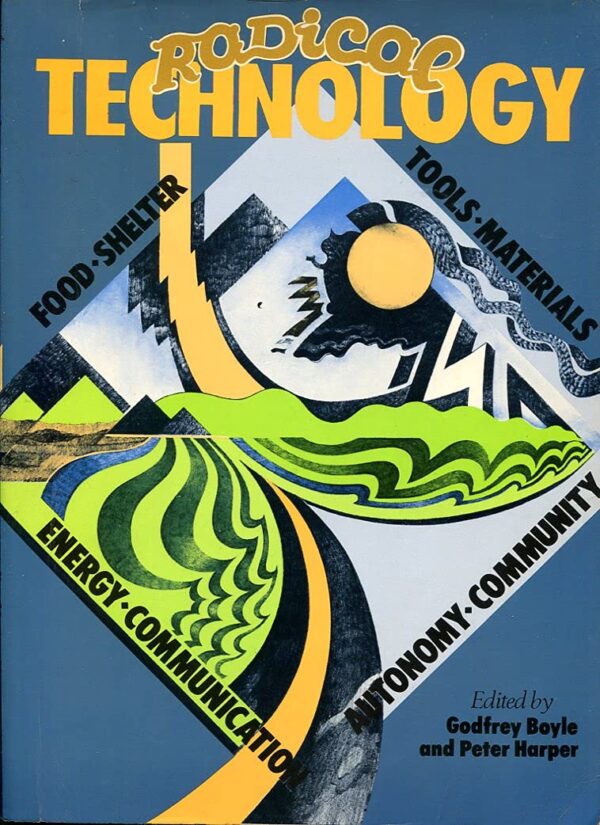
- Giacomini, Giada., Indigenous Peoples and Climate Justice: A Critical Analysis of International Human Rights Law and Governance (Palgrave Macmillan, 2022)
This book covers the how climate change affects indigenous communities around the globe. The foreword covers the adoption of the Declaration on the Rights of Indigenous peoples (UN 2007), showing how indigenous people have historically been victims of western capitalism. It covers different research projects that work around climate justice for indigenous communities, including the meaning of climate justice, relationships between climate change and human rights, the involvement of indigenous people in decision making, and the violation of environmental human rights. Chapter 7 especially argues the case for rethinking human rights-based approaches to climate change through the right of ecological integrity, which has no bias towards economics, and includes biological integrity and function of humans being dependant on the integrity of the natural environment. This book is useful in looking into how politics affects the development of climate change, especially focused on specific groups, like indigenous communities who are commonly not involved in politics yet are some of the most effected by climate change.
- Herring, Horace., Living in a Low-Carbon Society in 2050 (Palgrave Macmillan, 2012)
Herring focuses on how the UK should be able to reduce carbon emissions while keeping an affluent lifestyle, which includes reducing CO2 emissions by at least 90%. He describes what political and social changes need to be made to achieve this goal, splitting it into three parts. Part one covers the policy, examines the needs, methods, and policies required for a low-carbon society. Part two focuses on case studies, giving present scenarios of low-carbon living and how it can be successful on a smaller scale. Part three goes into the personal stories of people living in low-carbon societies, as discovering people’s feelings about this type of society is crucial top it’s realisation. Overall, for Herring, 40 years from when the book was published is a long time, and the depletion of fossil fuels is likely to lead to more conflict, which Herring believes is avoidable by turning to renewable energy. This book shows how the future of renewable energy needs to develop to properly combat the effects of climate change, it includes personal stories of how renewable energy works in day-to-day life.
- Mitchell, Catherine., The Political Economy of Sustainable Energy (Palgrave Macmillan, 2008)
In this book, Mitchell describes how the UK governments approach to market regulations isn’t sufficient regarding the need to respond to climate change. The complexity of the energy system needs to be recognised and energy policies implemented by the government face complex challenges with climate change, commonly falling short in 4 key areas: technology and innovation, the role and relationship of the government and its relationship to principal actors and stakeholders, the privatised and regulated energy sector, and human consumption and behaviours. Mitchell argues that the current political paradigm is not able to deal with the 4 key factors effectively, nor its urgency.
- DeGrasse Jr, Robert, et al., Creating Solar Jobs: Options for Military Workers and Communities (Mid-Peninsula Conversion Project, 1978)
This booklet describes the way the solar energy sector can create jobs for those in the military in a way where skills only need to be transferred, not learnt. It states how solar heaters create as many as 100,000 jobs in California, as well as other industries like photovoltaics and wind turbines. It showcases how developing solar energy helps reduce inflation, is energy efficient, provides employment, and develops community. The booklet is split into three parts, part one covering solar job skills and employment, part two covering options for military workers and part three covering community solar development. This is useful for seeing how renewable energy was helpful in more than just climate change but was also a way to expand the jobs market and create new opportunities for those with specific skills that would be useless elsewhere.
- Lovins, Amory. B., Soft Energy Paths: Toward a Durable Peace (Pelican, 1977)
In his book, Lovins argues that far too much energy is being consumed and too much waste is being created, which is only worsened by the use of nuclear energy. He believes that instead of nuclear power, soft technologies should be implemented, based on energy income. These soft technologies include forms of renewable energy like solar, wind, and biomass. The book is split into three sections. Section one covers the concepts: the failures of hard energy, energy efficiency, soft energy technology, and the politics surrounding it. Section two cover the numbers: the economics, energy quality calculations and interpretations, and the costs to run soft energy technology. Section three looks towards a durable peace: sociopolitics, values, and nuclear power and proliferation. This is useful for the viewpoint that in the 70s nuclear waste was often seen as dangerous, and that many advocated for the use of renewable energy.
- Breach, Ian., Windscale Fallout: A Primer for the Age of Nuclear Controversy (Penguin Books, 1978)
This book is an assessment of the British government’s decision on the Windscale findings, it traces the birth of opposition to official nuclear power plans and looks ahead for the protagonists in Britain and abroad. It covers the controversy of whether a reprocessing plant should be built at the site of Windscale, going over the misinterpretation of the Parker report on the Windscale fire by the government, and they wished to hide the findings to not scare the public away from nuclear power. Breach takes into account the different reactions from the newspapers at the time, as well as having a postscript account of what happened after the Parker report was released. It is useful to get a sense of the opinion of nuclear power in the 70s, especially regarding the possibility and reality of nuclear disasters.

